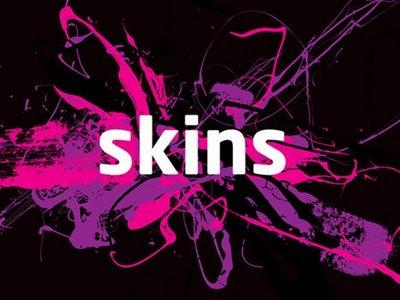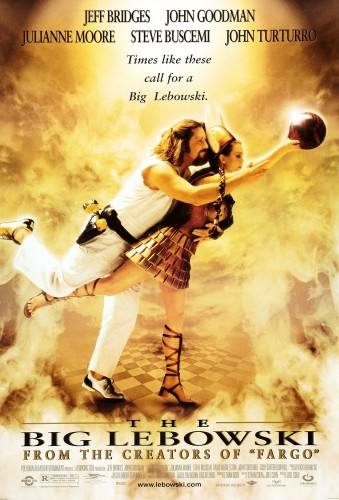My Love-Hate Relationship With Joss Whedon
It started when I was 13. Some friends and I went to see Buffy the Vampire Slayer. It sounded like a lovely idea. A movie with a cheerleader as lead for my more “girly” friends, a vampire flick with a female heroine for me and the guy friends who were dragged along on this group “date” and just wanted to see vampires. It wasn’t like we had a choice–none of us had a car, and this was the only thing playing that we were old enough to watch at the theater our parents dropped us off at. I thought it would be perfect until it occurred to me in the lobby, while procuring nachos and popcorn, that this film was devised to please everyone, and usually when movies set out to please everyone, they pleased no one. But, it was a movie, and on a hot summer day that meant air conditioning; plus, there would be vampires, a female heroine and that was all I needed to give it a try.










